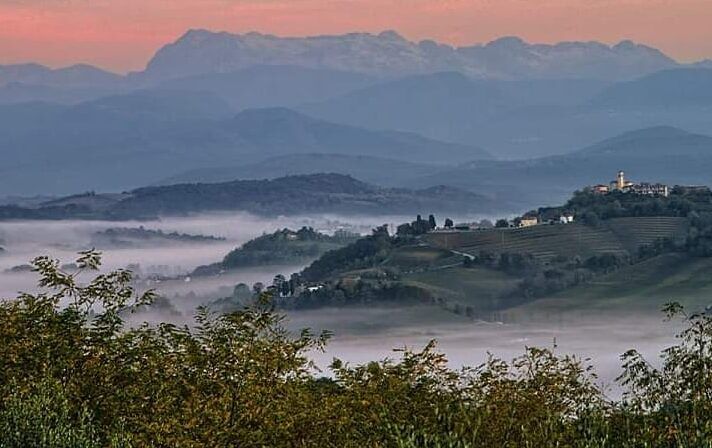“Central to the whole identity of the Collio is the long family history of winemakers, several of whose surnames sound more Slovenian than Italian,” writes Dean.
Wine writers and drinkers alike love nothing better than to uncover a hidden gem of a region that produces good wine. Given that Collio Gorizia (Collio for short) is the third oldest DOC in Italy, it might seem a misnomer to call it ‘hidden,’ but to the majority of UK consumers it has remained largely unknown.

Perhaps, it is its tiny size – a slither of land shaped like a half-moon or croissant that is 20 km long and barely 4km across at its widest point; or maybe it is its remote, hilly location, bordering Slovenia in the top right-hand corner of Italy near the town of Gorizia in Friuli Venezia Giulia. What is not in doubt, though, is the quality of the Collio’s wines and the skill of its winemakers, many of whom are aiming for greater distribution in the UK.
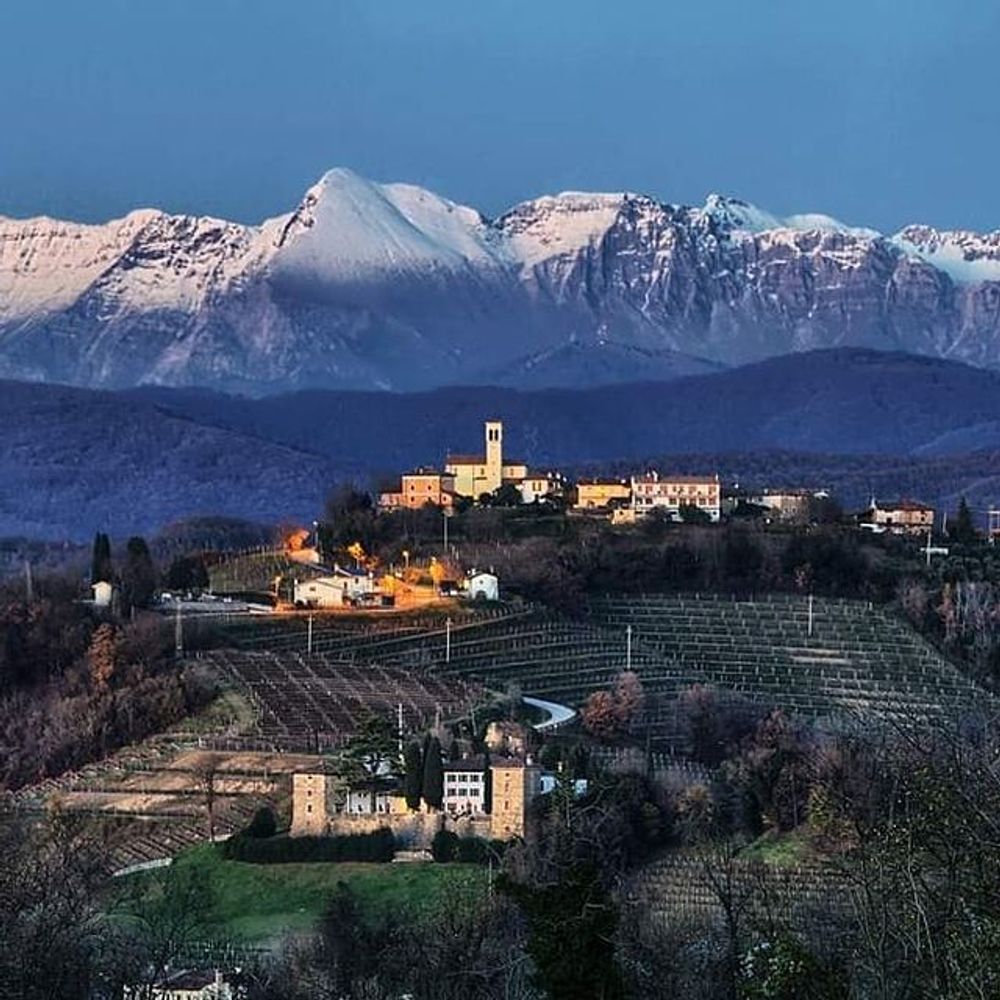
Getting to know the grape varieties of Collio DOC
While the Collio region produces some premium red wines, it has won a deserved reputation among cognoscenti for some of Italy’s most prestigious whites. Indeed, 87% of its 1500 hectares under vine are planted to white varietals. Pinot Grigio is the most common (comprising 26% of all plantings), closely followed by Sauvignon Blanc (19%), but many of the most interesting white wines are made from Friulano (14%), Ribolla Gialla (10%) and Malvasia Istriana (3%).
Formerly known as Tocai Friulano, until the EU banned the name in 2008 after pressure from Tokaj producers in Hungary, Friulano has been proved by ampelography and DNA profiling to be Sauvignonasse. Introduced into Friuli in the early 19th century, Friulano has almond and herbal notes as well as a fuller body than Sauvignon Blanc if less acidity and aroma. Notable producers of it include Felluga, Castello di Spessa, Zorzon, Bracco, Fruscalzo, Humar, Formentini, Villanova and Bolzicco.
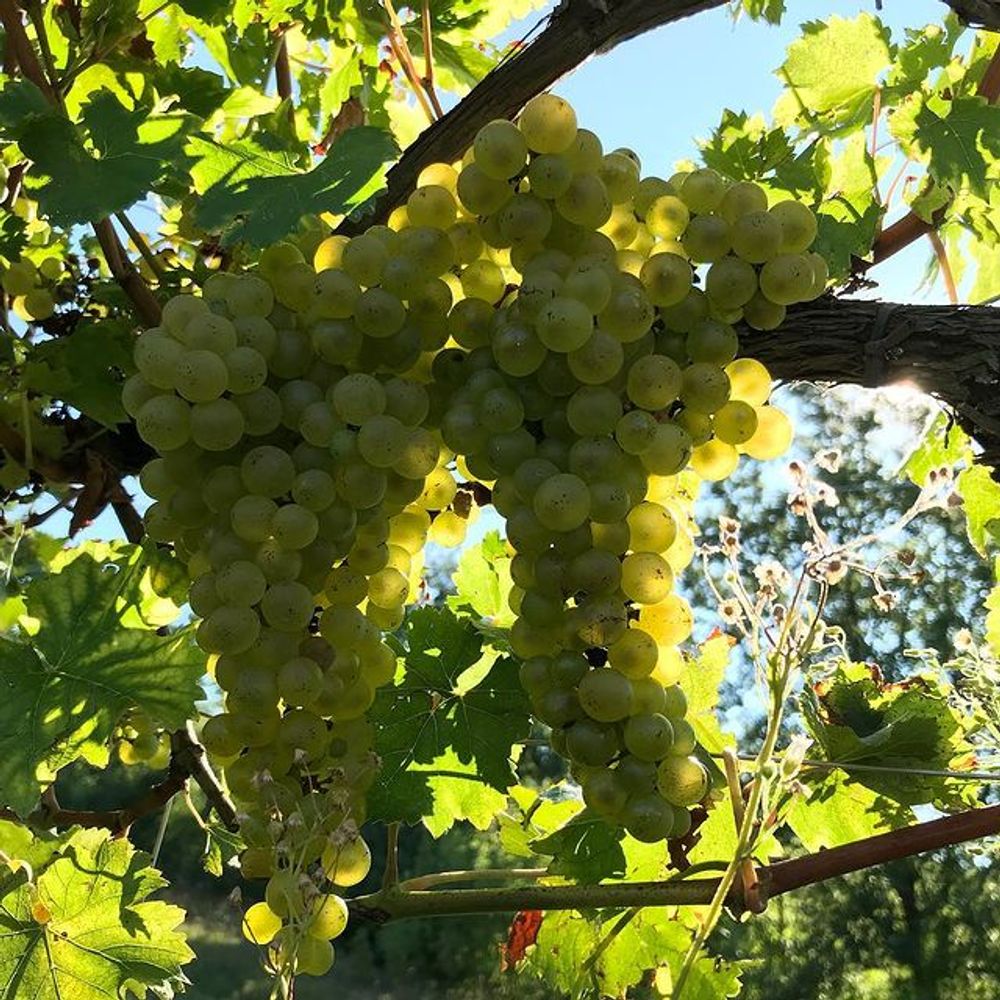
Tocai Friulano grapes from Tenuta Stella’s 1926 vineyard
Ribolla Gialla is an indigenous variety from Friuli, dating back to the 13th century. First written mention of it can be traced back to 1296 when the Pope settled a dispute about its sales between the bishop of Trieste and a monastery in Venice. The village of Oslavia, a stone’s throw from the Slovenian border, is regarded as the varietal’s spiritual home, with fermentation traditionally done on the skins, with many orange wines resulting. Oslavia producers include Radikon, Fiegl, Gravner, Princic, Primosic and La Castellada, while Korsic, Mania and Marcuzzi also make good white versions of Ribolla in Floriano del Collio.
Malvasia Istriana has been grown in the Collio almost as long – since the 14th century – although it is likely to have originated in what is now north-west Croatia. We encountered some superb dry examples of it, with many showing floral perfume notes as well as hints of salt and spice. Two fine examples of it are listed below, but others come from Casa delle Rose, Pascolo, Il Carpino and Colmello di Grotta.
Soil, wine styles and a sense of history
The Collio’s complex soil structure features clay, sand, silt and minuscule marine fossils. “This layering of different soil types is called ‘flysch’ and it’s the secret ingredient behind our wines, giving minerality,” Paolo Bianchi, former director of the Collio Consorzio, declared. The Collio also benefits both from the cool winds from the east and warm sea-breezes from the nearby Adriatic, which help dry out vineyards in what is one of Italy’s wetter regions. Another key climactic factor is the region’s wide diurnal range, which helps to explain the notable freshness evident in Collio wines of all colours.
The Collio’s production code permits 18 official wines that qualify for DOC status, with the vast majority being single varietals (12 white and four red as well as two blends – Collio Bianco and Collio Rosso). There are also sub-zones within the DOC – examples including Oslavia, Plessiva, Pradis and Zegla. Locals proudly liken them to Crus in Burgundy.
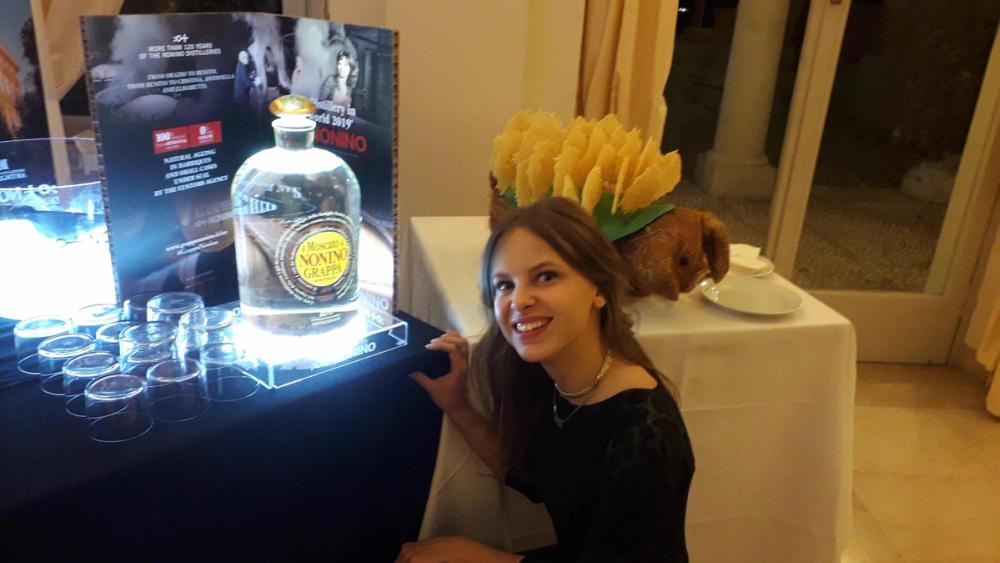
Grappa Nonino, 2019’s best distillery in the world
Central to the whole identity of the Collio is the long family history of winemakers, several of whose surnames sound more Slovenian than Italian. The area, originally part of the Austro-Hungarian empire, was a fierce battleground in the Great War, with trenches still in evidence, and after the Second World War, the hills were split between Italy and Yugoslavia. Only in 2008, when Slovenia gained independence, were boundary controls lifted. At one point during our winery visits, we cut through Slovenia to do one side of a triangle instead of two.
No appraisal of Collio would be complete without mention of Grappa Nonino, which was voted best distillery in the world in 2019 by Wine Enthusiast. Founded in 1897, it is situated a few kilometres outside the Collio region but is part of its DNA. Its grappa is amongst Italy’s finest, while its Quintessentia Amaro Nonino, a liqueur, was winner of the Ultimate Spirits Challenge in 2021.
12 wines from Collio that caught the eye

Stella’s Erika Barbieri
Tenuta Stella, Malvasia Istriana DOC Collio 2019
Talented winemaker Erika Barbieri has crafted a superb Malvasia from very low-yielding, organically-farmed vines of 15-20 years age; wild yeasts add complexity while 60% malolactic fermentation gives extra body and richness; a complex wine that spent ten months in untoasted casks.
Tenuta Villanova, Friulano DOC Collio 2019
The same family has owned the Villanova estate since 1932 and have 100ha under vine; very expressive nose with apricot, apple and spice aromas; spent six months on the lees in concrete tanks, giving it complexity and body; elegant with pronounced acidity.
Bolzicco, Friulano DOC Collio 2019
From 1960s vines, this is another fine example of Friulano that saw only stainless steel; lots of freshness, concentration and length as well as some saltiness and characteristic almond notes on the palate.
Livon, Malvasia Istriana Soluna DOC Collio 2020
From low-yielding vines on Ponca soil, consisting of layers of minerals from the prehistoric sea bed as well as clay and limestone (in the village of Ruttars). Herbal sage notes give way to attractive citrus fruit; velvety creaminess from eight months on lees (80% stainless steel, 20% used oak); also possessing notable minerality and excellent length.
Marcuzzi, Ribolla Gialla DOC Collio 2019
Appealing apricot and peach flavours on this single varietal Ribolla Gialla, made by Riccardo Marcuzzi. Excellent freshness and length. A good food wine, especially with risotto.

Sasa Radikon
Radikon, Ribolla Gialla IGT Venezia Giulia 2017
Sasa Radikon has a cult following for his whole range, notably this orange wine. “Orange wines were re-born here thanks to two men – my late father Stanko and Boris Primosic,” Radikon told me. “Why do we use Ribolla Gialla? Because it has a thick skin.” He revealed his sunset-coloured orange wine underwent skin contact for three months and had no sulphur dioxide added to it. Very complex with quince, orange zest and apricot notes, this big-textured wine has vibrant acidity.
Tenuta Angoris, Pinot Grigio DOC Collio 2020
Light copper colour thanks to cold maceration on the skins for ten hours. Very fresh acidity and saltiness counter-balances 13.5% abv. 5% spent ten months in old oak tonneaux with the rest in stainless steel. Time on lees gives body and softness to a wine that is a pleasure to drink.
Fruscalzo, Pinot Grigio DOC Collio 2019
Clean with no pink hue despite some skin contact which gives it a bright straw colour. Elegant and fresh with peach and pear notes as well as some subtle oiliness.
Tenute Marco Felluga e Russiz Superiore, Sauvignon Blanc DOC Collio 2020
Sauvignon Blanc was planted as long as 150 years ago in Collio, and this fine example has herbal aromas with passion fruit notes. Clean, elegant and refined, it is quite full-bodied at 13.5% abv but has vibrant acidity to counter-balance. Very persistent finish.
Gradis’Ciutta, Riserva Collio Bianco DOC 2016
Robert Princic, who also makes good Pinot Grigio and Sauvignon Blanc, has fashioned an alluring blend of Friulano, Malvasia and Ribolla Gialla. Until 1992, when ‘international’ varieties were added, these were the only grapes that were permitted. Complex and long, while still fresh, this underlines how well the blend works.
Tenuta Baroni del Mestri, Merlot Barone di Schoenberg DOC Collio 2018
A good illustration of how Collio can also produce high quality reds. This single varietal Merlot went through 21 days of maceration and was matured in oak barriques, 25% being new. Lovely plummy fruit with freshness, concentration, well-integrated tannins and impressive length.
Tenuta Stella, Pinot Nero DOC Collio 2019
There are only eight hectares of Pinot Noir under vine in the Collio, but this lightly-coloured, delicate and elegant example impressed. From 60-year old hillside vines that are a mixture of clones, it showed some classy raspberry and cherry fruit as well as structure from maturation in 50% new barriques. Untoasted, these included some Friulian mulberry, which adds roundness and is less intrusive.
Where in the UK can you buy these wines?
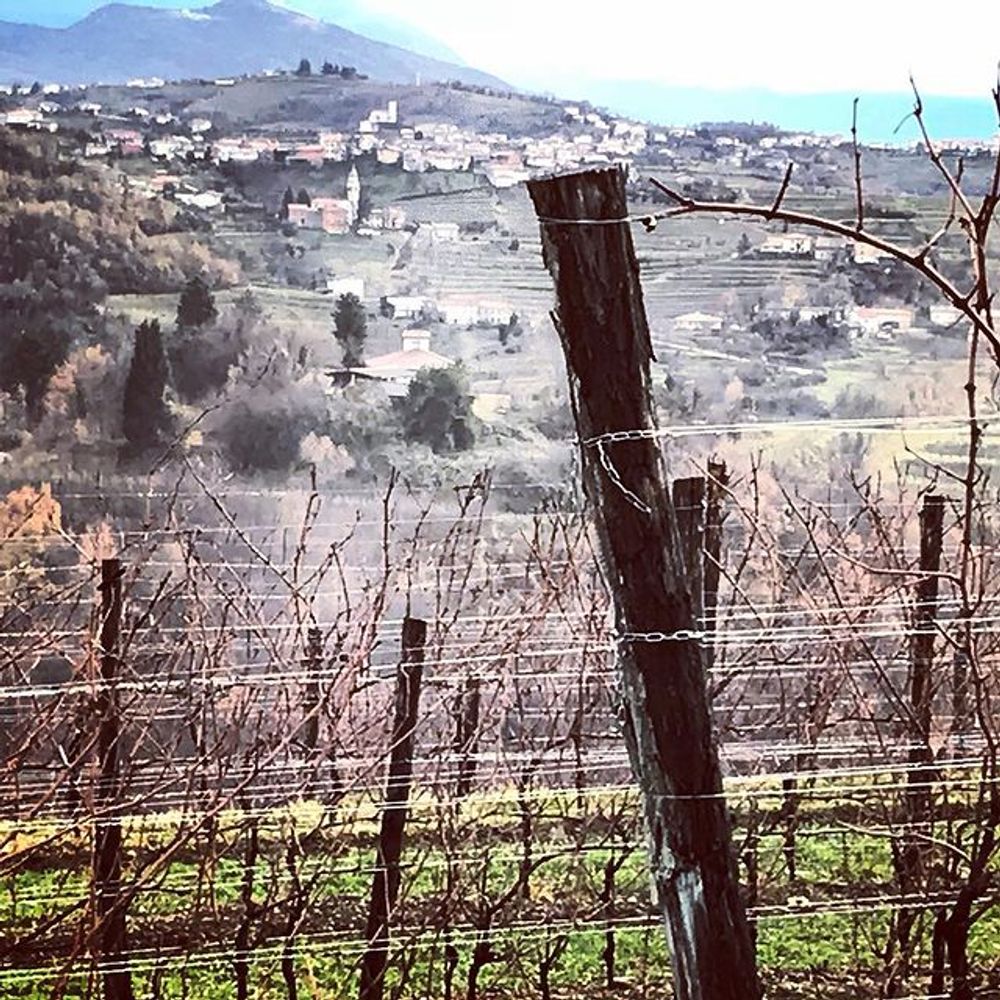
- Russiz Superiore (Berkman)
- Castello di Spessa (Delitalia, Barnsley)
- Tenuta Borgo Conventi (Annessa Imports, London)
- Tenuta Stella (Pandemonio di Luca Dusi, London)
- Fruscalzo (Colosseum Wines, Scotland)
- Livon (Eurowines)
- Primosic (FortyFive 10 degrees)
- Radikon (Dynamic Wines)
- Gravner (Raeburn Fine Wines)
- Fiegl (Virgin Wines)
- Dario Princic (Les Caves de Pyrene)
